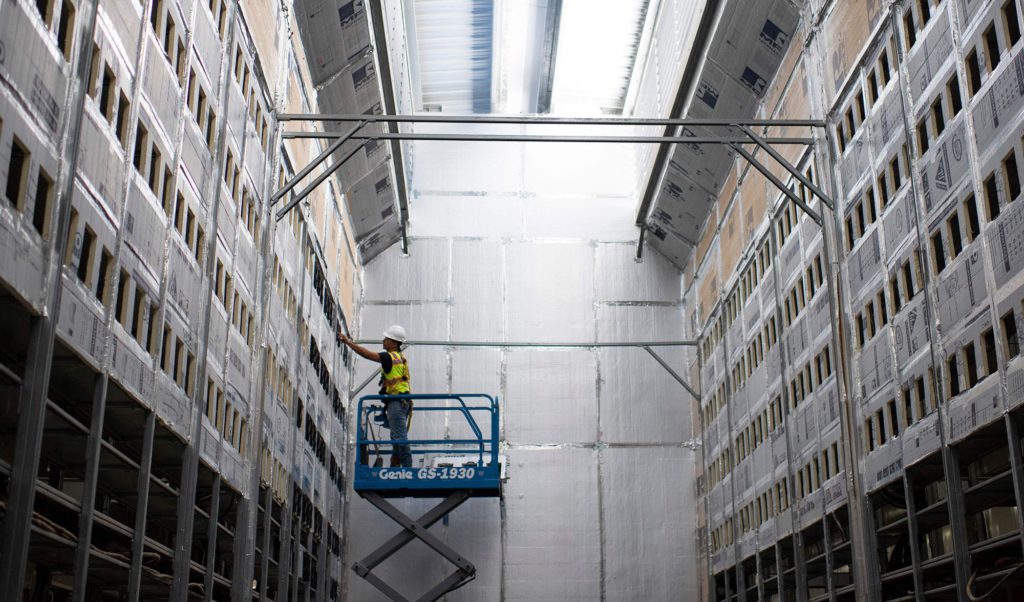(Bloomberg) — Texas has started requiring new large-scale cryptocurrency miners to seek permission to connect to the state’s power grid in anticipation of a flood of requests expected to drive up electricity demand.
The Electric Reliability Council of Texas Inc., is requiring utilities to submit studies on the impact of miners and other large users tapping the grid before they can get “approval to energize,” according to a March 25 notice from the state’s main grid operator. Ercot members voted Wednesday to form a task force to hash out details of an interim plan that’s ultimately meant to protect the grid from being overwhelmed.
The move is a reaction to a surge in electricity demand expected from crypto miners this year and next. Texas regulators are grappling to understand how miners will tax a grid that had its vulnerabilities exposed during a deadly winter storm last year.
The latest measures are a turnabout from the previous practice, which had utilities perform their own studies to determine if their transmission and distribution systems need to be upgraded and then informed Ercot of the changes coming.
Crypto miners seek to add several gigawatts of demand this year and next, which poses a challenge for a grid operator that typically gets a heads up several years in advance from traditional industries that help it better plan for the added consumption.
“We are entering into a dialogue with Ercot now to ensure that this does not cause any delays for the Bitcoin miners,” Lee Bratcher, president of the Texas Blockchain Council, said Wednesday in an emailed statement.
Crypto firms are already being affected. Bitcoin miner Cormint received an Ercot notice Tuesday that its project outside of Fort Stockton was throttled back to 25 megawatts, Chief Executive Officer James McAvity said. The company already had approval for 130 megawatts from its utility, Texas-New Mexico Power Co., but now must undergo the Ercot review to increase capacity, he said. The site is expected to start operating in a few months.
“I hope we have enough time to get clarity so it doesn’t derail the investment,” McAvity said in an interview at a Bitcoin conference in Houston. “If it takes three months, it will kill our project.”
Slamming Brakes
Ercot’s new requirement will impact every big consumer, from factories to liquefied natural gas export terminals, but it’s poised to slam the brakes on the lightning-fast needs of the crypto industry. A miner with servers on hand and an ideal location could be up and running within a couple of months, unlike the years it takes for a company to build a factory or terminal.
Any project that will add 20 megawatts of demand on the site of a generator within the next two years will have to undergo this review process. For those that don’t have their own power generation on site, the minimum threshold for review is 75 megawatts. The rule applies to both new projects and expansions of existing facilities.
The task force being established to hammer out details of this plan is expected to consider almost three dozen priorities, including tracking new large consumers and whether these users should be required to participate in Ercot-controlled services to help stabilize the grid. The Large Load Task Force, as it’s called, will be comprised of Ercot members, the independent market monitor and other interested parties.
More stories like this are available on bloomberg.com
©2022 Bloomberg L.P.











